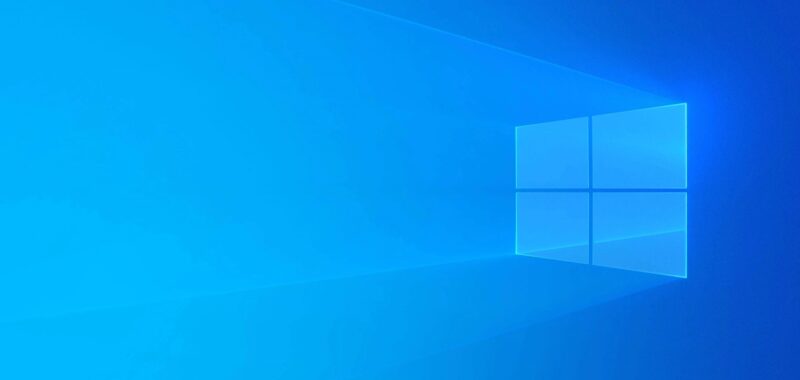All of these factors taken together are setting us up for something we haven’t really seen in the Windows ecosystem before: a majority or a large minority of active Internet-connected PCs that will suddenly stop getting security updates, leaving either paid support, a new PC, or a switch to an entirely different operating system as the easiest paths forward.
Now that we’re a year out from the end of Windows 10, and because Windows 10 does not appear to be going anywhere, we’re publishing a series of articles exploring alternatives to spending money, either on a new PC or on continued Windows 10 updates.
The path of least resistance is probably upgrading to an unsupported Windows 11 installation since the operating system will mostly run any software you’re currently using in Windows 10. We’re updating our guide for upgrading to Windows 11 to account for some small changes in the 24H2 update—whether you’re using a supported PC that hasn’t been configured properly or an unsupported PC. We’re also planning to publish articles about the experience of actually using Windows 11 day-to-day on an unsupported PC, and we’re also exploring alternate operating systems like Linux and ChromeOS Flex.
All of these are reasonable options for keeping an old-but-working system up to date without spending money, assuming it’s already got a properly activated Windows 10 installation. Whether you’re trying to keep your own hardware going or you’re trying to make some old hardware useful again, at least one of these should be a workable alternative to going over the Windows 10 update cliff a year from now.

